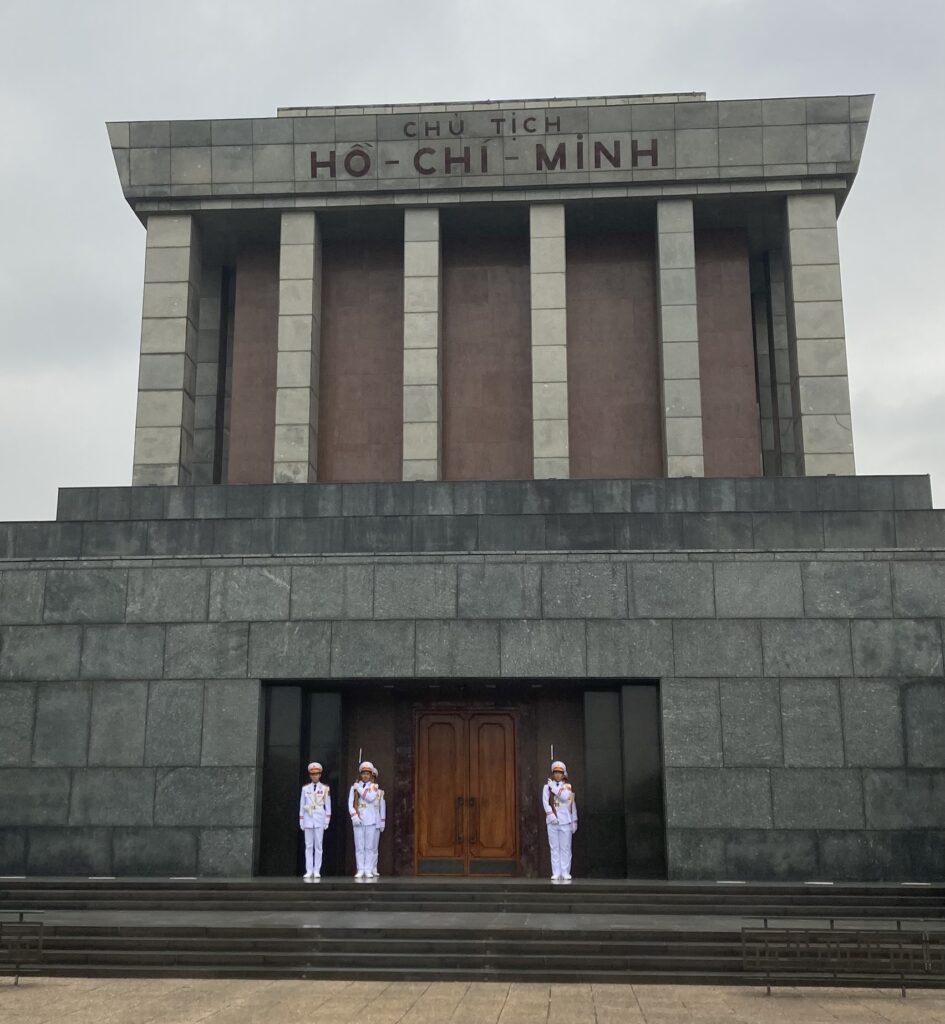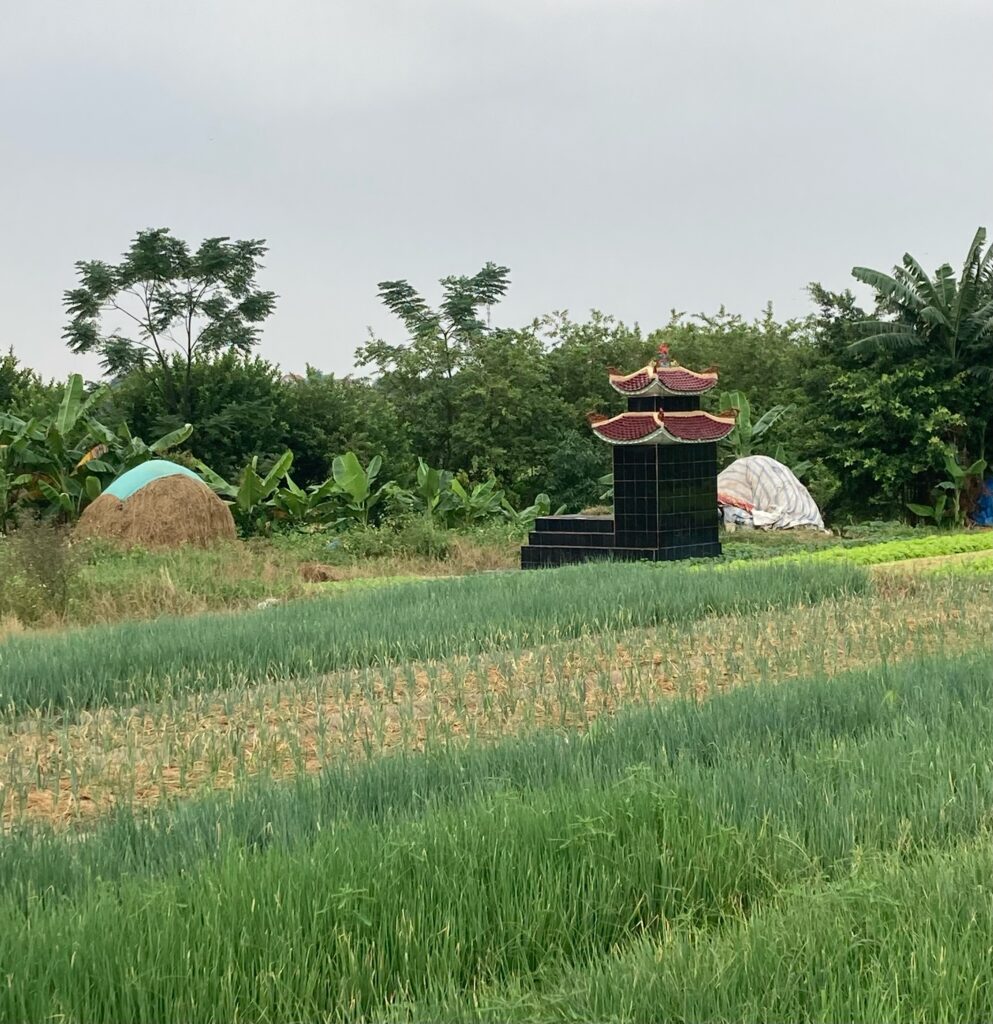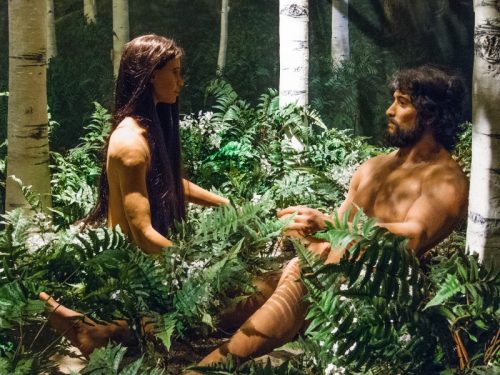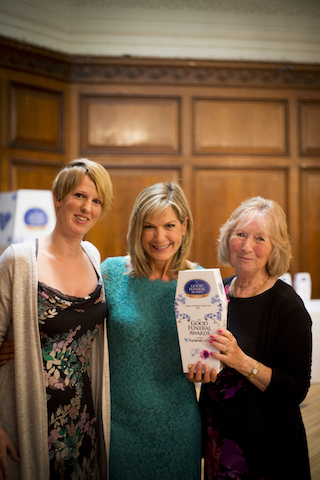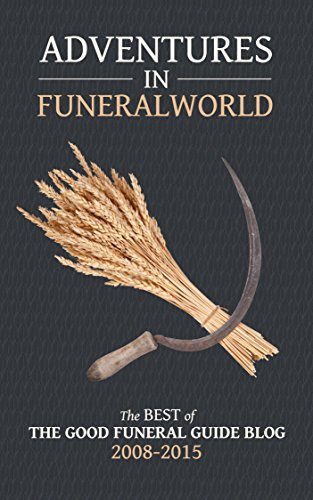When England first played Scotland, on 30 November 1872, both teams employed formations that would raise eyebrows today. Scotland went for a cautious 2-2-6 while England employed a more swashbuckling 1-1-8. The game was all kick-and-rush in those days.
Kick-and-rush. It’s how businesses, anxious to futureproof themselves, respond to prophecy. Some bright spark peers into a crystal ball, dreams a dream and holds up a trembling finger. No matter that their vision is little more than a projection of their wishes and values, everyone rushes towards it.
Remember the Baby Boomer Hypothesis which held that, just as baby boomers reinvented youth culture, so they would reinvent death culture? Pretty much everybody bought that, including the entire advisory council of the GFG. The theory was that these free radicals would reject bleakness and embrace creative, themed, personalised, sometimes iconoclastic celebrations of life. The good news for the industry was that there would still be good money to be made from funerals so long as undertakers made the switch from cookie-cutter to bespoke; from being po-faced solemn-event planners to bright-eyed party-planners adding value through accessorisation and offering concierge-level service and red-carpet delivery. Pretty much the package Alex Polizzi tried to sell to David Holmes in The Fixer.
It’s not happening, is it? And as we take that in, we reflect that baby boomers have, yes, always been insouciant about what went before and unsentimental in their rejection of it. They’re re-inventors, not renovators. And they’re not all going the same way.
The evidence seems to be that baby boomers are increasingly asking themselves what good a funeral would do, really. More and more of them see little or no emotional or spiritual value in the experience. They’re not all rejecting them out of hand all at once. Some are dressing trad funerals up in a gently creative way with wacky hearses, jolly coffins and startling music choices. But on the whole they’re whittling them down. The reasons are complex and we’ve rehearsed some of them here before.
Dissatisfaction with the value offered by a funeral is probably most widely evidenced in the near-universal belief that funerals are too expensive — ie, they’re not worth what they cost. The strength of this rejection of funerals is evidenced in people’s unrealistic incredulity that a basic funeral should cost much more than having an old washing machine taken away.
Read the comments under any broadsheet article about funerals. The evidence of rejection is everywhere. If the effect of a funeral is to leave you feeling, next day, beached and empty, that’s not surprising. A funeral is supposed to fill a hole, not leave a void. Here are some recent comments in a discussion forum on Mumsnet, of all places:
My MIL has said … she wants the absolute bare minimum in terms of coffin and cremation. No service, no ‘do’ afterwards. Then she wants close family to either go somewhere nice for the weekend together.
I had it put in my will that i don’t want any sort of funeral when i die. I think the money funeral directors charge for the most simple of services is utterly abhorrent
[My mother-in-law] died recently, she didn’t care what we did by way of funeral (I think her only words on the subject were that we could drop her off the pier for all she cared…)
My uncle didn’t want a service – he just went straight to the crematorium.
I wouldn’t want to burden love ones with the cost, I have life insurance but would want the cheapest option
It is criminal how the respectful disposal of our loved ones has turned into a million pound industry!
I have left strict instructions that I am to have no funeral service and I have made sure everyone knows about it. It is written in my will and my family would never go against my wishes. They know how strongly I feel about it.
Immediate cremation, ashes in a simple box and then take me down our local and stick me on the bar whilst everyone has a quick drink. Next day, throw my ashes in the sea at the place I grew up in as a child. That will do. No order of service with dodgy photos and poems, no wittering on about my life and no-one failing miserably to pick out my favourite songs. Boo hiss boo.
I am a crematorium manager, and can confirm that plenty of people choose to have no funeral service.
I just don’t get the whole thing. I’ve only ever been to one funeral that was really a lovely rememberence and not out of duty of what they thought they had to do. I would much rather my family used money to go on holiday to our favourite place and remembered me there.
My FIL keeps saying he doesn’t want a funeral and wants to be cremated asap with no ceremony or fuss.
We chose not to have a funeral for my dad when he died. Cardboard coffin, cremation with no service. I think he would have been pleased but I tend not to tell anyone as I have some judgey reactions as if we were being cheap (was not relevant) or he was not loved (he was very much).
The Mumsnet discussion includes a few objections on the lines of: ‘To be fair, it’s not really about you. It’s about the loved ones you left behind, it’s an essential grieving process.’ But the overwhelming majority can see no good in a funeral.
This would seem to overturn the supposition that excellent secular funeral celebrants and empathetic undertakers would save the public ceremonial funeral by making it meaningful once more. But there’s a growing realisation that you don’t need to put a corpse in a box and tote it to the crem in blackmobiles, you can create a perfectly satisfying, private, informal farewell event with ashes. Direct cremation, already growing rapidly, looks set to skyrocket.
I know that there are lots of people who believe that reports of the demise of the funeral are exaggerated. They tell me to stop being so pessimistic, things are getting better. But I had lunch with Fran Hall, chair of the Natural Death Centre on Friday, and was struck to discover she thinks as I do. She said, “One day soon the industry is going to wake up and find itself dead”.
It’s possible that there’s no saving the funeral — it’s had its time. After all, it’s not just Britain that’s saying nah. But funeral people, overly focussed on commercial concerns, are putting up absolutely no concerted philosophical defence.
If the public, ceremonial funeral is worth saving, now is the time for the best in the business, from all walks of belief, to come together and be an influential voice in public discourse about funerals, much of which remains incoherent. If the emotional and/or spiritual health of the nation is at stake, who better to do it? Ans: among others, the people whose livelihoods depend on it. Come on, don’t go down without a fight. Do we really need funerals? If so, why?
Don’t all rush, I could be wrong, this may not be a Dunkirk moment. But crisis or no there still exists a pressing need to make a considered, rational and persuasive case for funerals — if, that is, you truly believe they do any real, deep and lasting good. Do you?
There are an awful lot of people out there who don’t. If you can’t demonstrate the purpose and value of your product, who’d want to buy it?
